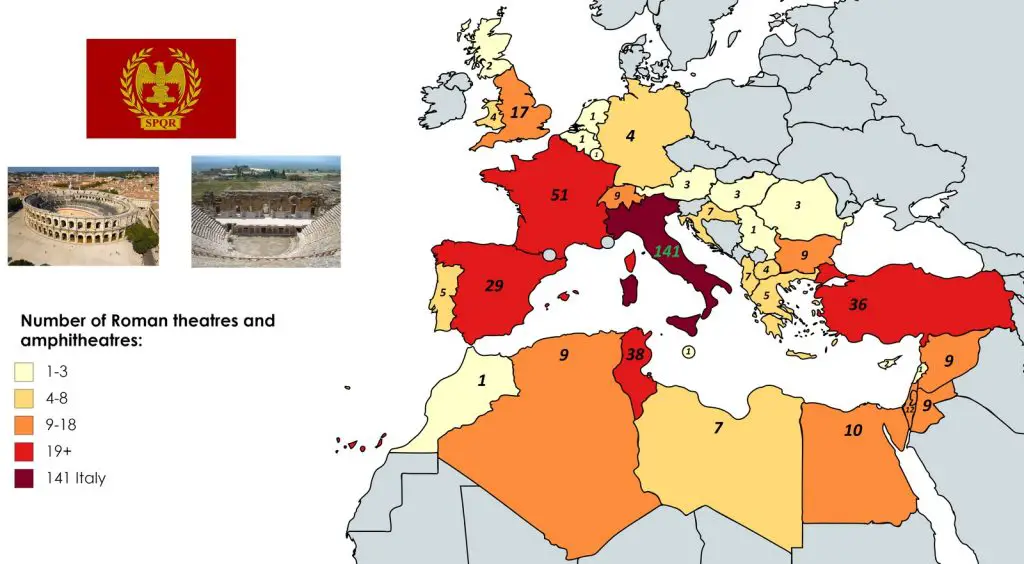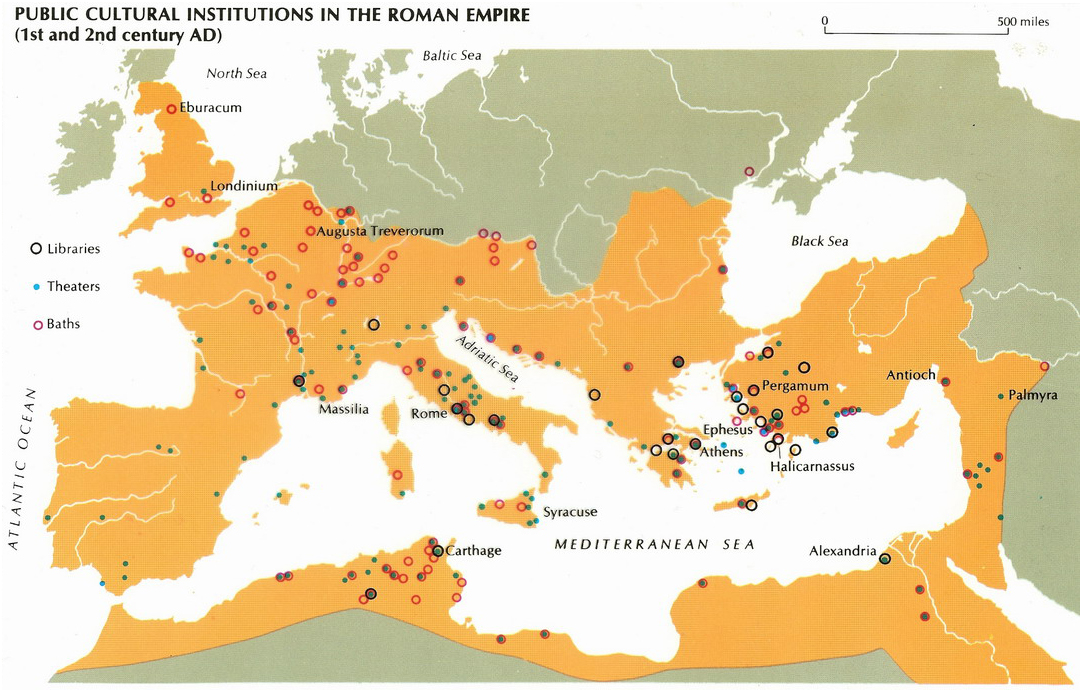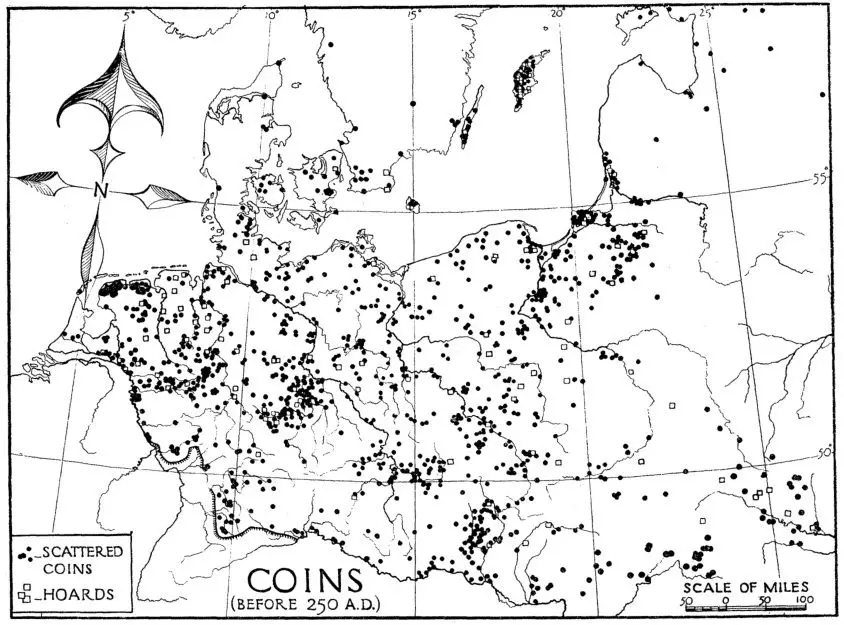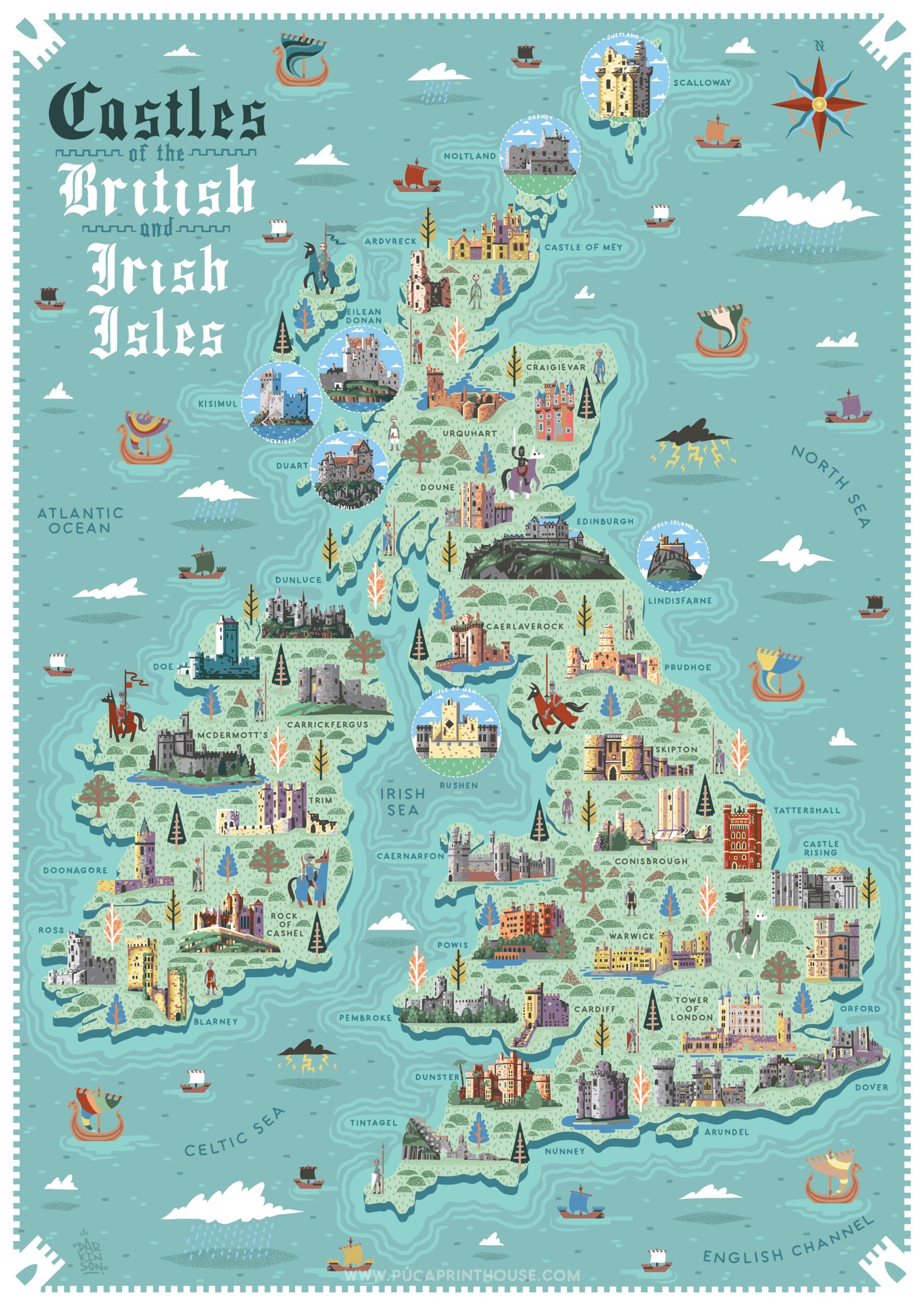Legacy of the Roman Empire mapped
The legacy of the Roman Empire is profound and far-reaching, with its influence still evident in various aspects of modern society: law and governance, architecture and engineering, infrastructure, and urbanization, military and warfare, art and sculpture, philosophy and intellectual thought, language and literature, religion, etc.
The architectural legacy of the Roman Empire is renowned for its grandeur, engineering prowess, and lasting impact on architectural styles. Roman architecture encompassed a wide range of structures, including public buildings, religious edifices, monumental structures, and urban planning.
One of the most significant contributions of Roman architecture was the development and widespread use of concrete. The Romans perfected the technique of creating a durable and versatile form of concrete by combining volcanic ash, lime, and aggregate. This innovation allowed for the construction of massive structures, including aqueducts, amphitheaters, baths, and domes.
Number of Roman Theaters and amphitheaters per country

The Romans constructed numerous public buildings that served administrative, civic, and entertainment purposes. These included basilicas, forums, theaters, amphitheaters, and circuses. Basilicas were multi-purpose buildings that combined commercial, legal, and administrative functions. Forums were expansive public squares surrounded by colonnades and served as social, political, and commercial centers. The Colosseum, an iconic amphitheater in Rome, showcased the Romans’ architectural and engineering prowess.
Theaters, Libraries, and Baths in the Roman Empire

And in conclusion, another map of Roman coin finds should be cited, which illustrates the influence of the Roman Empire on Europe in the best possible way.
Distribution of Roman coins and hoards dating before 250AD found in northern Europe

If you’d like to learn even more about the legacy of the Roman Empire, the following books are a good place to start:
- The Legacy of Rome: How the Roman Empire Shaped the Modern World
- The Roman Pantheon: The History and Legacy of Rome’s Famous Landmark
- Rome’s Last Citizen: The Life and Legacy of Cato, Mortal Enemy of Caesar








